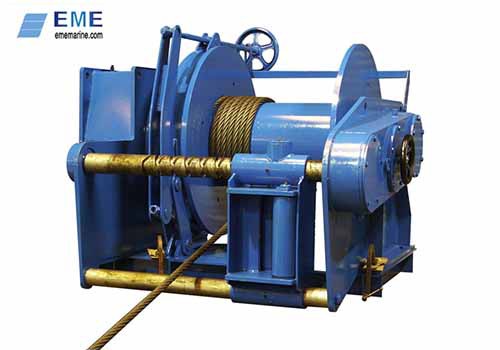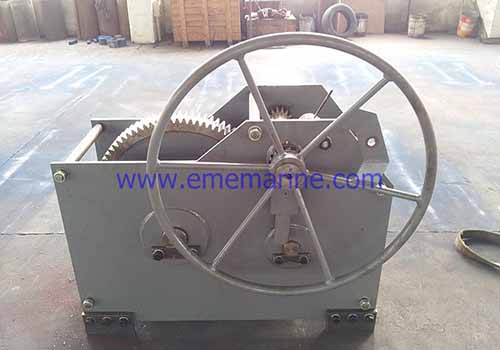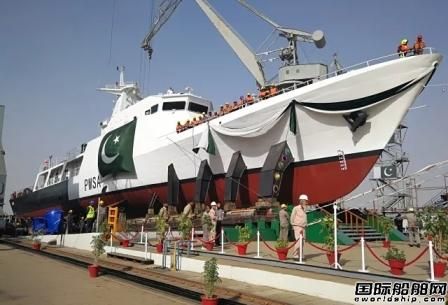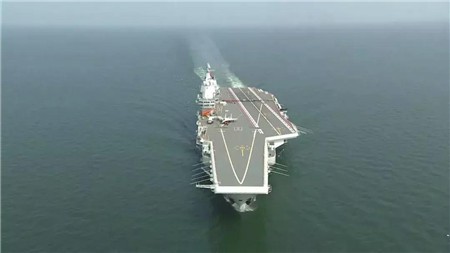
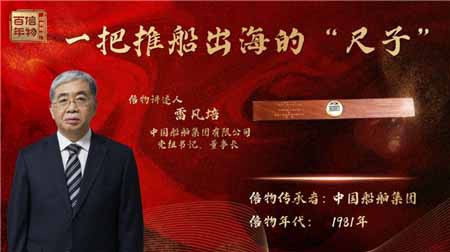
Hundreds of corporate "heirlooms" pay tribute to a century of elegance!
Starting on May 11, CCTV Finance Channel will launch a hundred-episode micro-documentary "A Century of Red Finance and Credit". Since the establishment of the business for a hundred years, the party secretary and chairman of hundreds of companies have personally appeared on the scene. They brought the "heirlooms" of their respective companies to the studio, telling the little-known touching stories behind the tokens, tracing the red financial imprint, and exploring China's economic context .
Today's 29th episode tells you about "a small scale that measures the world".
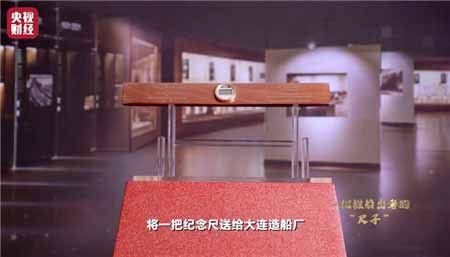
Symbol name: "Great Wall" launching commemorative drawing scale
Inheritor of tokens: China Shipbuilding Corporation Limited
Year of token: 1981
The imprint of the token: Measuring the Great Wall, China’s first export ship
The token narrator: Lei Fanpei, Secretary of the Party Leadership Group and Chairman of China State Shipbuilding Corporation
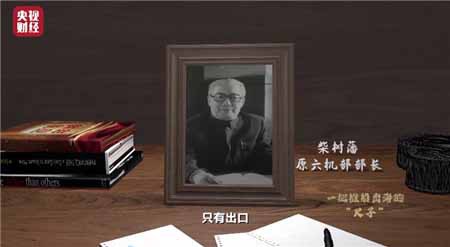
"This is unbelievable. I didn't measure it wrong, right?"
British surveyor Ellen looked at the steel tape in his hand with incredible eyesight. As if he couldn't believe the result, he rubbed his eyes, and he immediately measured it again on the spot. "It's really only 2 millimeters error, how did these Chinese do it?!"
The shipbuilding industry is one of the earliest start-up industries in China’s national industry. Shipbuilding began to develop as early as the late Qing Dynasty. The Fuzhou Shipbuilding Bureau was once the largest shipyard in the Far East, and the Jiangnan Manufacturing Bureau successfully manufactured 4 ships as early as 1921. 10,000 tons rounds. However, our shipbuilding capacity still has a big gap with Western developed countries. Shipbuilding is basically small tonnage and lacks the capacity for large-scale manufacturing. Especially after the destruction of the war, the southern shipbuilding industry lost its ability to build.
After the founding of New China, my country successively consolidated and reorganized the remaining ship production capacity in Shanghai, Dalian, Fujian and other regions into state-owned enterprises, mainly engaged in the production of various combat ships and military auxiliary ships. However, due to the sharp decline in the demand for military tasks, hundreds of thousands of domestic shipbuilders have struggled to survive orders for a few ships.
In the winter of 1977, the state leaders instructed Chai Shufan, who had just served as the Minister of the Sixth Machinery Department: Chinese ships should be exported and entered the international market. Only by exporting can it be possible to get out of the current predicament of the shipbuilding industry and blaze a "blood way" for survival.

At that time, more than 90% of the ship market orders were divided by developed countries, and the remaining less than 10% of the market share was also seized by other countries. In our country, industrial development has just started. It is conceivable that it is difficult to get a share of the solidified market and move other people's cheese.
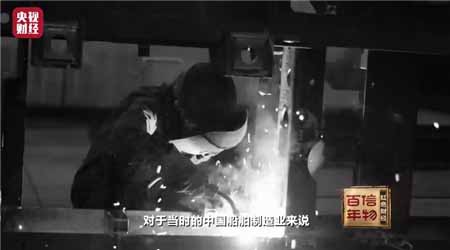
At the beginning of 1980, during the working meeting of the Sixth Machinery Department, some foreign businessmen wanted to build 27,000 tons of bulk carriers in China, but the design and construction required to be able to sail in the world’s major ports, the Suez Canal, the Panama Canal, the St. Lawrence Waterway and the Great Lakes of North America. , Classed by Lloyd's Register of Shipping (LR), and approved by LR inspection.
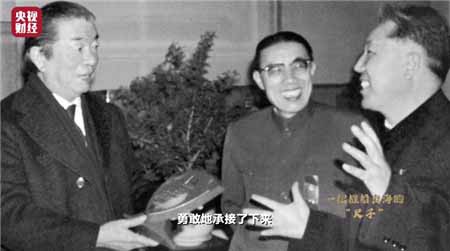
New China's shipbuilding industry has followed the Soviet Union's standards and specifications in the 1950s and 1960s, and its international versatility and interchangeability are poor. The Sixth Machinery Department quickly solicited the opinions of several factories, and they all thought that there were difficulties in the time being and they could not afford it. Chai Shufan approached Sun Wenxue, director of the Dalian Shipyard, and asked him, "Dare to do it?" After some consideration, Sun Wenxue replied: "We dare to do it, our factory is capable, and we have taken the task of building this freighter!"
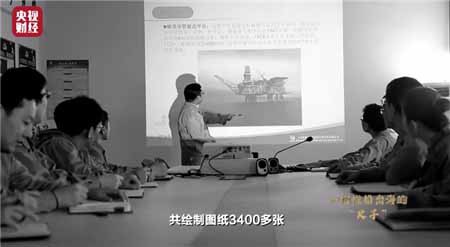
In May 1980, China Shipbuilding Trading Corporation, Dalian Shipyard and Hong Kong Union Shipping Company signed a contract to build a 27,000-ton bulk carrier in Beijing.
It can be said that the construction of the new ship is completely from scratch. One has no documents and two no drawings. You can only find foreign documents, translate them, and finally provide them to technicians for manual drawing. According to statistics, for this cargo ship, the construction technical department has drawn more than 3,400 drawings.
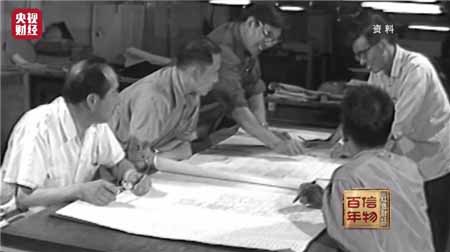
In the past construction, cutting ship steel plates can be used as long as they can be mounted on the berth, regardless of cutting accuracy and smoothness. But if you follow this manufacturing standard, it will definitely not pass the verification. I would like to ask an expert for advice. The price is 300,000 US dollars! So the factory decided to form a research team composed of workshop leaders, technicians and workers to conduct technical tests day and night. After hundreds of experiments, they finally mastered the cutting process skills.
In addition, international standards also put forward strict requirements on the spraying of paint. It will not work if the paint is thick or thin. The harsh and picky painter looks at the construction site every day, holding a paint thickness gauge in his hand. Measure on the painted bulkhead from time to time. In order to reach the paint standard, the workers lay on the sultry bottom to dry all day, a little bit of polishing work. When they climbed up from the cabin every day, except for the moving body and turning eyes, the whole person was almost like a long piece. Rusty, painted steel.
Under the conditions of backward equipment and no precise measuring tools, the ruler was the most important tool for the workers at the Dalian Shipyard at that time. The design and construction of a 27,000-ton freighter, from the external design of the ship to the design of the internal components, is based on a pencil and a small scale.
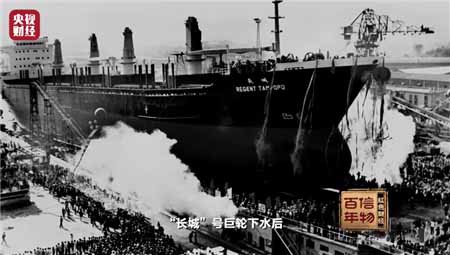
According to the contract, the freighter must meet the standards of Lloyd's Register of Shipping. Lloyd's Register of Shipping is the earliest established classification society in the world. Its organization is huge and it is an internationally recognized authoritative certification body in the shipping industry. Can a freighter made only with a pencil and ruler in hand meet international standards?
After hundreds of busy days and nights, this 10,000-ton freighter, which has gathered countless people's hard work, is about to close on the slipway. In order to deliver the ship smoothly, the shipowner specially hired a British expert, his name is Ellen, and he is a well-known surveyor in the shipping industry. Ellen will doubtfully carry out on-site measurements of the five main dimensions of the hull. After the test, he was taken aback, because one of the five indicators had an error of almost zero, which was much lower than the allowable error requirement. The 122 sections of the ship have undergone multiple processes such as lofting, numbering, cutting, assembling, and welding, and it is completely normal for errors to occur within the specified range. So there is a scene in which the opening measurement is still accurate and amazing for foreign designers.

After 540 days of hard work, in September 1981, a 27,000-ton bulk carrier was built! This freighter that carried countless people's efforts was named "The Great Wall".
Today, China Shipbuilding Industry is able to design and build all types of modern ships that meet the specifications of any classification society in the world, meet international general technical standards and safety requirements, and are navigable in any shipping zone in the world. It has not only realized bulk carriers, oil tankers, Container ships and other three major ship types have been independently built in batches, and historical breakthroughs have been made in the fields of warships, LNG ships, various marine engineering equipment, manned submersibles, and non-ship engineering. The change from a follower to a parallel player or even a leader.
